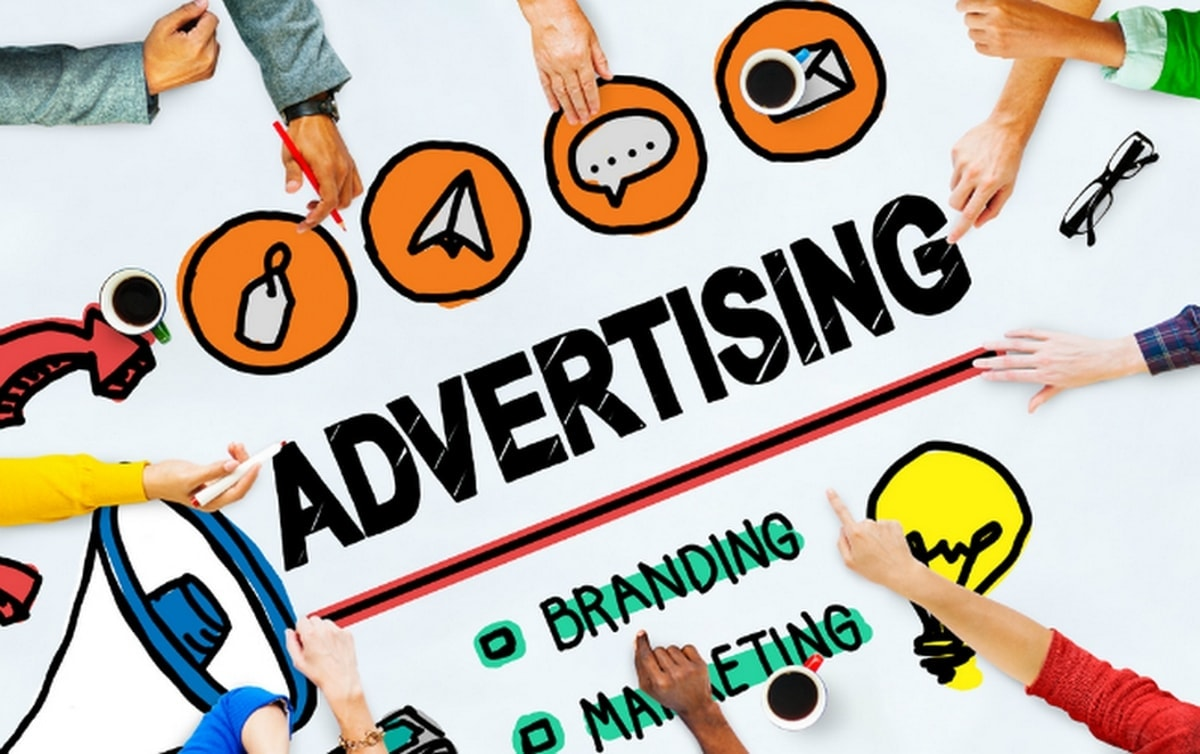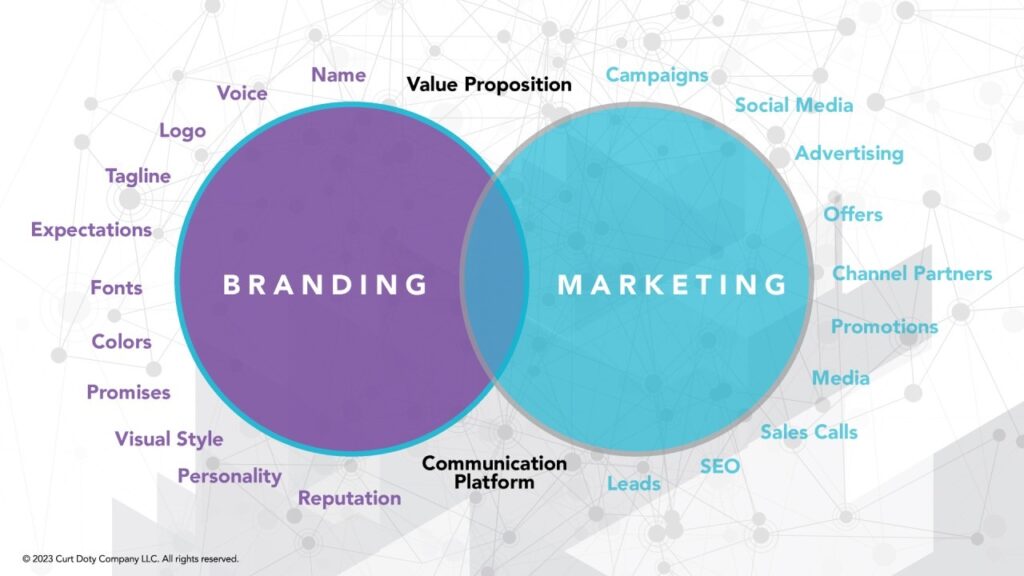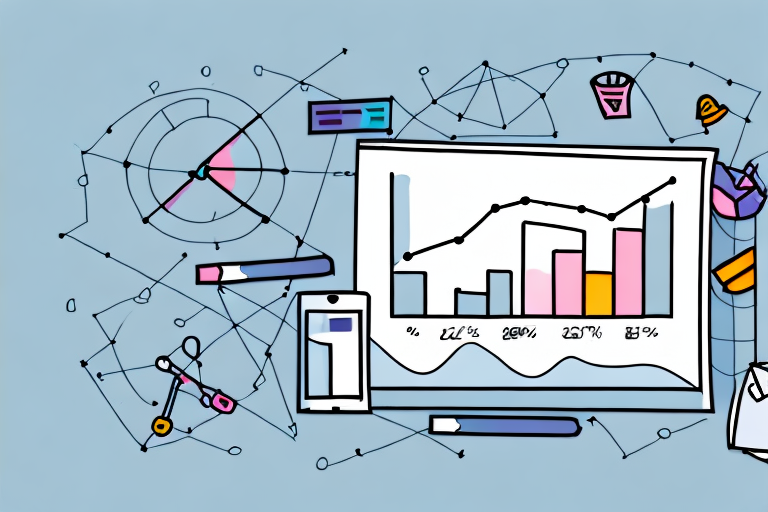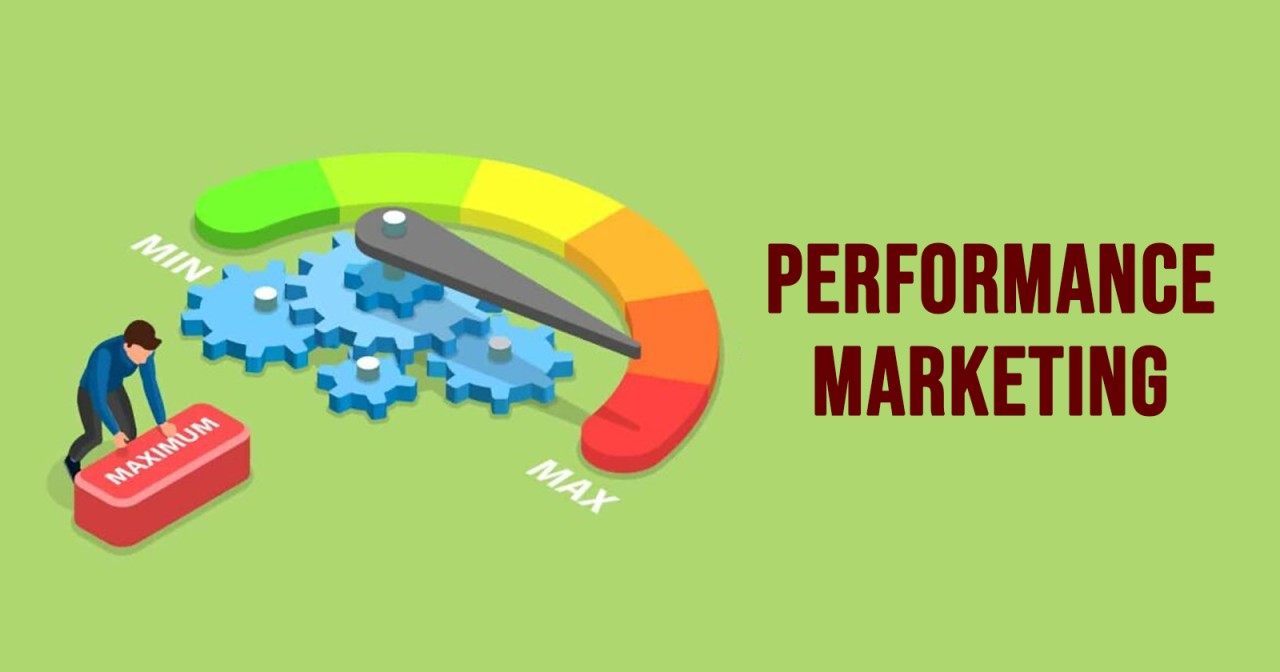In today’s advertising world, performance marketing is all the rage, but what does it mean for brands trying to build their reputations? You’ve come to the right place if you’ve ever wondered how to combine performance marketing with brand building. We’ll show you how the two intersect, complement, and create value, giving you actionable strategies you can use today.
What Performance Marketing Is?
What it is and what it does

Role of Performance Marketing in Brand Building
An approach to marketing that focuses on measurable results, like clicks, leads, and conversions. This isn’t like traditional advertising because you only pay when you complete the action. Businesses can maximize ROI with this pay-for-performance model, which includes PPC advertising, affiliate marketing, and social media ads.
Branding that’s different
When it comes to performance marketing, brand marketing focuses on creating an emotional connection and building equity over time. The whole thing is transactional, emphasizing the numbers, whether it’s cost-per-click (CPC) or return on ad spend (ROAS).┬

Role of Performance Marketing in Brand Building
Brand marketing focuses on creating a lasting impression with customers and establishing long-term brand loyalty. This type of marketing builds trust and credibility, and can help to build a stronger customer base.
Measurable ROI in marketing
We’re past the days when marketers relied solely on qualitative data. Using analytics tools like Google Ads and programmatic platforms, brands can track every touchpoint in the customer journey, making visibility and measurable results easier.

Role of Performance Marketing in Brand Building
 This data allows brands to optimize their campaigns for maximum performance and ROI. It also allows them to create personalized, targeted campaigns that are more likely to convert.
Relevance of Brand Building in the Digital Age
Importance of a Strong Brand in a Competitive Landscape

Role of Performance Marketing in Brand Building
A strong brand fosters loyalty, allowing businesses to withstand competitive pressures. Research shows that 89% of consumers stay loyal to brands they trust, emphasizing the need for consistency and authenticity in marketing. Consumers also expect brands to be transparent about their values and mission. Companies should strive to create meaningful connections with their customers through clear and consistent messaging.
Interconnection Between Brand Equity and Business Performance

Role of Performance Marketing in Brand Building
Brand equity is no longer just a “soft metric.” Studies reveal a direct link between high brand equity and increased financial performance, proving that investing in brand-building efforts leads to tangible returns. Companies should prioritize investing in brand-building initiatives in order to maximize their return on investment. They should also focus on creating positive customer experiences in order to build strong customer loyalty and increase the value of their brand.
How to understand performance marketing
What does Performance Marketing mean?
Paid advertising models like these are used for performance marketing:
A PPC campaign uses platforms like Google Ads to target specific keywords.
Running Facebook, Instagram, and TikTok ads based on demographics.
In affiliate marketing, you partner with influencers or websites to generate traffic.
Performance Marketing Components
A few key things to remember:
Data-driven campaigns: Using Google Analytics to find out what’s working.
The metrics-driven optimization approach focuses on metrics like click-through rate and cost-per-acquisition.
Using tools like Facebook Ads Manager and Google Ads streamlines campaign management.
Marketing vs. Branding

Role of Performance Marketing in Brand Building
Brand marketing has a long-term vision, while performance marketing focuses on short-term gains. Strategic integration can drive immediate sales while reinforcing brand identity, so they’re not mutually exclusive. It is essential for marketers to understand the differences between brand and performance marketing in order to maximize their effectiveness. Both approaches should be seamlessly integrated to maximize overall success.
Brand building and performance marketing

Role of Performance Marketing in Brand Building
The challenges of combining brand building and performance marketing
Goals for the short-term and the long-term: Balancing immediate sales and sustainable brand equity.
Allocating your budget: Choosing how much to invest.
Strategies for integrating
Keep your brand’s tone and values in mind when creating performance campaigns.
Engage users and promote conversions by telling a story in your ads.
Retargeting: Reengage your visitors who have interacted with your brand before.
Examples of what works
Using aggressive PPC strategies and consistent branding on Amazon.

Role of Performance Marketing in Brand Building
Storytelling in Nike’s performance ads reinforces the “Just Do It” philosophy.
Data and technology play a big role
Performance marketing is all about data

Role of Performance Marketing in Brand Building
Using real-time analytics, marketers can adjust campaigns instantly, tracking everything from impressions to conversions.
Customers can get a 360-degree view of their interactions with companies with tools like customer data platforms.
AI and automation
With AI-driven platforms, you can optimize your ad spend and personalize your content. Here’s an example:
Ads are automatically tailored based on audience preferences with Dynamic Creative Optimization (DCO).
Predictive Analytics: Improves ROI by forecasting future campaign performance.
Performance & Branding Technologies
By using programmatic advertising, you can make sure your ads are delivered to the right audience while reinforcing your brand’s message. This can be done with customized creative, targeting, and measurement strategies. Programmatic advertising also allows you to track your campaigns and measure the results of your efforts.
The Benefits Of Performance Marketing In Brand Building

Role of Performance Marketing in Brand Building
Feedback loop in real time
A performance marketing program gives brands real-time insights so they can adjust strategies and refine positioning in real time. This allows for more efficient use of resources and increased ROI. Brands can respond quickly to market trends and customer preferences, and capitalize on new opportunities.
Efficiency and scalability
Using targeted campaigns reduces waste and allows scalable approaches that are consistent across all platforms. Additionally, targeted campaigns can be tailored to specific audiences, allowing for more personalized messaging. This can help to increase customer engagement and increase sales.
Building trust in your brand
Adding user-generated content (UGC) and reviews to performance campaigns builds credibility. UGC helps create an emotional connection between your brand and customers. It also gives potential customers insight into how your products and services work. Lastly, it builds trust in your brand by showing other customers’ positive experiences.
Problems and Pitfalls

Role of Performance Marketing in Brand Building
Metrics are all you need
The importance of brand equity can get overlooked when you focus only on numbers. It’s important to remember that metrics don’t tell the whole story. It’s important to take into account qualitative factors such as customer satisfaction and loyalty. This will give a more comprehensive picture of your brand’s success.
Saturation and fatigue in ads
It gets harder and harder to make money with repetitive ads. The key to sustaining engagement is creativity and freshness. Brands should experiment with different types of ads and formats, and test what works for their audience. They should also focus on creating engaging content that resonates with their target audience.
Keeping up with privacy laws

Role of Performance Marketing in Brand Building
In the age of GDPR and other privacy laws, balancing personalization with ethical data usage is key. Marketers must ensure they are compliant with all applicable laws and regulations. They should also be transparent about how they are using customer data and how they plan to protect it. Additionally, companies should set up internal controls to ensure that data is being used responsibly.
Trends for the future
At scale, personalization
Each interaction will be tailored to an individual’s preferences, thanks to AI-driven personalization.
Sustainability is the focus
There’s a growing trend for consumers to favor brands with ethical and sustainable values, so performance campaigns need to reflect that.
Integrate your campaigns across all channels
Brand consistency is ensured through seamless integration across digital and offline channels.
Conclusion
A symbiotic relationship between brand and performance marketing
The purpose of performance marketing isn’t just to drive conversions. It’s to help you build your brand. Sustainable growth and equity can be achieved by balancing short-term and long-term goals.
Performance marketing and AI
Artificial intelligence (AI) bridges the gap between performance marketing and brand building. Brands can personalize customer experiences with AI-powered tools, ensuring every touchpoint reflects the brand’s identity and drives measurable results.┬
AI allows hyper-targeted ads by analyzing historical data to predict future behavior, making campaigns more effective and more aligned with audience preferences. The Dynamic Creative Optimizer (DCO) customizes ad creatives real-time, ensuring relevance while reinforcing branding. Moreover, AI-powered sentiment analysis lets marketers monitor how customers perceive a brand online, so they can adjust campaigns and address concerns quickly.┬
By combining personalization, real-time optimization, and customer insight, brands can use performance marketing not just for immediate conversions but as a strategic tool to build long-term brand equity.


